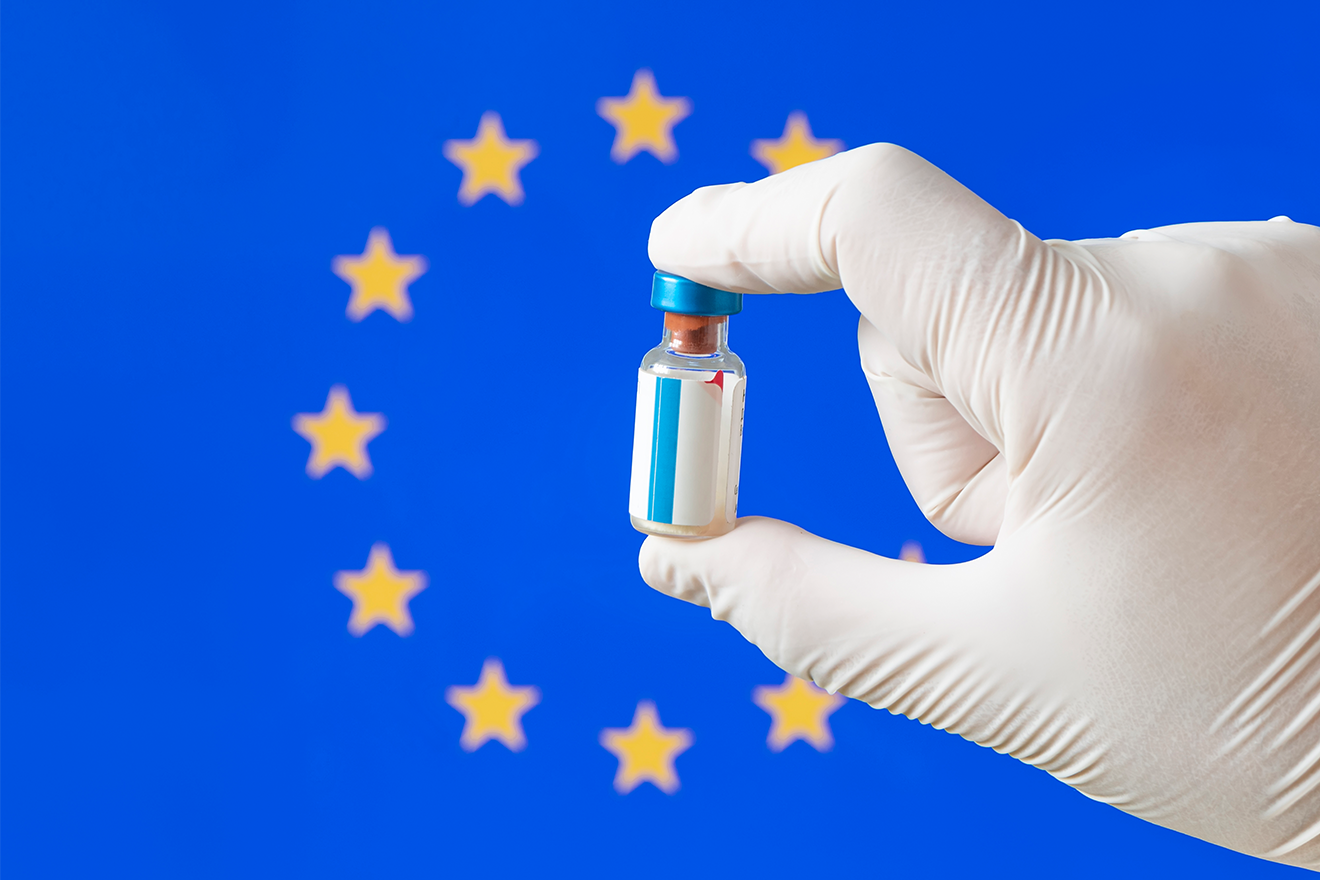
Implementing the European Union Clinical Trials Regulation (EU CTR) marks a significant shift in how clinical trials are conducted and regulated across Europe. This comprehensive regulation, which came into effect on January 31, 2022, and shall be mandated from January 2025, aims to harmonize and streamline the clinical trial process, enhance transparency, and improve the overall efficiency of clinical research in the EU.
As sponsors, contract research organizations (CROs), and research institutions navigate this new landscape, it's crucial to develop effective strategies for success. This article explores key areas of focus and provides actionable insights for adapting to the EU CTR.
Understanding the Core Changes and Implications
The EU CTR introduces several fundamental changes to the clinical trial landscape:
- Centralized Submission Process: The Clinical Trials Information System (CTIS) now serves as a single-entry point for clinical trial applications across the EU. This replaces the previous system of submitting separate applications to each member state.
- Increased Transparency: With few exceptions, all clinical trial data and documents in CTIS are made publicly available. This marks a significant shift towards greater transparency throughout the drug development process.
- Harmonized Assessment: The regulation enables EU member states to collaboratively evaluate and authorize clinical trial applications, fostering a more unified approach.
- Stricter Timelines: The new regulation imposes tighter deadlines for responses to requests for information (RFIs) and other Regulatory interactions.
Developing a Robust CTIS Strategy
The Clinical Trials Information System (CTIS) is at the heart of the EU CTR implementation. To navigate this system effectively:
- Invest in Comprehensive Training: Ensure all relevant staff receive thorough training on CTIS functionalities and processes. This includes understanding the nuances of document uploading, application submission, and response management.
- Establish Clear Internal Processes: Develop standardized procedures for managing CTIS submissions, including roles and responsibilities, review processes, and approval workflows.
- Leverage CTIS Features: Familiarize your team with CTIS features that can streamline processes, such as the ability to clone applications for similar trials or expand existing trials to new member states.
- Plan for Technical Challenges: Prepare for potential system bugs or technical issues. Maintain open communication channels with EMA support and stay informed about system updates and fixes.
Enhancing Cross-functional Collaboration
The EU CTR necessitates a more integrated approach to clinical trial management:
- Create a Centralized EU CTR Team: Establish a cross-functional team responsible for overseeing all aspects of EU CTR compliance. This team should include representatives from Regulatory affairs, clinical operations, data management, and legal departments.
- Implement Collaborative Tools: Utilize project management and collaboration tools to facilitate seamless communication and document sharing across departments and with external partners.
- Develop Clear Communication Channels: Establish clear lines of communication for addressing RFIs and other time-sensitive Regulatory interactions. This is particularly crucial given the stricter timelines under the new regulation.
- Foster a Culture of Regulatory Awareness: Encourage all team members to stay informed about EU CTR requirements and updates. Regular training sessions and information sharing can help maintain a high level of Regulatory competence across the organization.
Adapting to Increased Transparency Requirements
The EU CTR's emphasis on transparency requires a shift in approach to clinical trial documentation and data management:
- Develop a Transparency Strategy: Create a comprehensive plan for managing the disclosure of clinical trial information. This should include processes for identifying confidential commercial information and personal data that may be exempt from public disclosure.
- Implement Robust Redaction Processes: Establish efficient procedures for redacting sensitive information from documents before submission to CTIS. Consider investing in specialized redaction software to streamline this process.
- Train Staff on Transparency Requirements: Ensure that all relevant personnel understand the implications of increased transparency and are trained in preparing documents with public disclosure in mind.
- Engage with Patient Advocacy Groups: Proactively collaborate with patient advocacy organizations to ensure publicly disclosed information is accessible and meaningful to patients and the general public.
By embracing transparency as a core principle of clinical trial management, organizations can comply with EU CTR requirements and build trust with patients, healthcare providers, and the broader scientific community.
Navigating National Differences
- Develop Country-Specific Expertise
- Create a Centralized Document Repository
- Implement a Flexible Translation Strategy
- Stay Informed About National Interpretations
Conclusion
Adapting to the EU Clinical Trials Regulation presents challenges and opportunities for organizations involved in clinical research. By developing robust CTIS strategies, enhancing cross-functional collaboration, embracing transparency, and navigating national differences, sponsors and CROs can position themselves for success in this new Regulatory landscape.
As the industry adapts to this new Regulatory framework, those who embrace these changes proactively will be best positioned to thrive in the evolving landscape of European clinical research.









